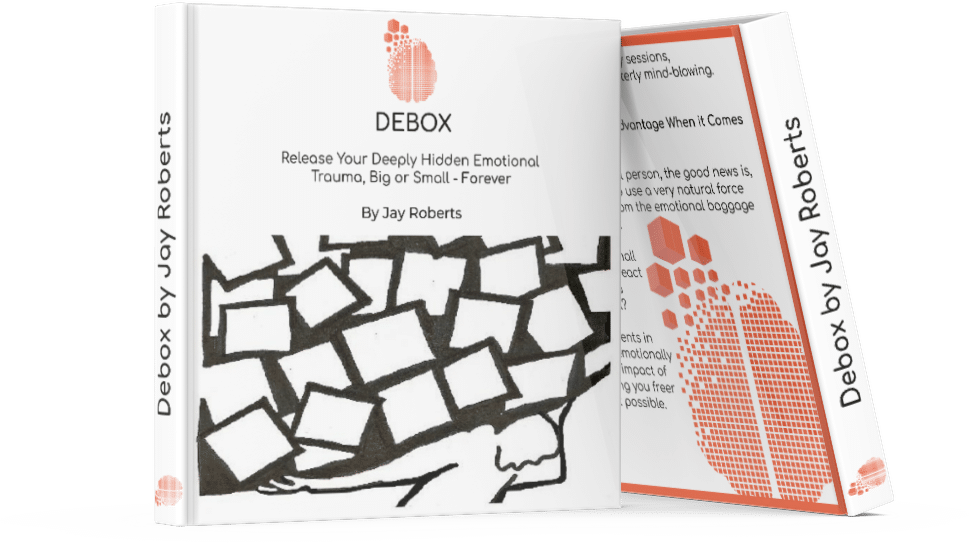Emotional healing is the process of restoring one’s sense of emotional wellbeing. It encompasses a wide range of activities, such as relaxation techniques, counseling and therapy, creative arts therapies and spiritual practices. The goal of emotional healing is to achieve balance in all areas: physical health, mental health, social relationships and spiritual connection.
The practice of emotional healing involves recognizing and acknowledging your emotions; developing an understanding about how they work; learning to respond instead of react to challenging situations; managing stress levels; creating meaningful connections with others; cultivating healthy coping mechanisms for difficult times; increasing self-awareness around feelings; exploring inner experiences more deeply through meditation or other forms of mindfulness practice. It can also include using various methods such as art therapy or journaling to explore deeper parts within yourself that need attention.
A key part of the process is connecting with oneself on a deep level – taking time out from daily life to tune into what we are feeling without judgment or expectation – allowing ourselves permission to simply be present in our own experience rather than being constantly driven by external pressures. This includes recognizing when we are experiencing negative thoughts or feelings and consciously deciding not to follow them down destructive paths but rather choosing positive ones that lead towards growth and happiness instead.
The benefits from engaging in these practices vary greatly depending on individual needs but some common outcomes include improved moods, better sleep patterns, increased resilience against stressors and greater confidence in navigating difficult situations. People may find themselves more able to express their true selves authentically without fear or shame while also having the capacity for empathy towards others who are struggling too – creating a safe space for open dialogue between individuals which further encourages personal growth along with strengthening interpersonal relationships overall.
Overall this type of healing provides us with powerful tools that allow us access our own internal wisdom so we can make informed decisions based on what serves us best emotionally as well as holistically over time.
Benefits of Emotional Healing
When dealing with emotional pain, it can be easy to feel overwhelmed and uncertain of how to move forward. The benefits of emotional healing are plentiful and have been backed up by a variety of scientific studies. Here we will explore some of the ways that this form of therapy can help improve your mental health and wellbeing.
The first benefit is that it can reduce feelings associated with depression, anxiety, stress and anger. Emotional healing works by addressing underlying issues in order to heal any deep-rooted trauma or negative experiences from the past. This process helps you gain control over your emotions so you no longer feel overwhelmed by them when they arise. By understanding the source of these emotions, you can better manage them in a healthy way without letting them take over your life again.
Another key benefit is that emotional healing allows for increased self-awareness and insight into why certain situations may trigger particular responses or behaviors within yourself or others around you. Through gaining an understanding about why certain things may cause distress or difficultly for someone, it gives people tools on how best to approach such circumstances going forward in order to prevent further suffering as well as build resilience against potential future difficulties they might face emotionally speaking.
One more important benefit is improved relationships both at home and work due to having a deeper level of empathy towards oneself which extends outwards towards other people too – resulting in more meaningful connections with those around us who matter most. Understanding our own needs as well as being able understand what drives another person’s behavior makes us better equipped when handling interpersonal interactions – making all parties involved happier overall!
The Science Behind Healing
The science behind healing has been studied for many years, and the findings are remarkable. It has been found that when people experience emotional pain or trauma, certain areas of their brain become activated. This activation triggers a series of physical reactions in the body such as an increase in heart rate and respiration, increased stress hormones, and other changes to immune function. When we are able to understand these physiological processes, it can help us better cope with difficult emotions by allowing us to recognize our own responses to them.
In addition to understanding our physiological response to emotion-based experiences, researchers have also looked at how certain types of treatments can help us heal emotionally from past traumas. One popular form of therapy is known as Eye Movement Desensitization Reprocessing (EMDR). During this type of treatment session, a person will be asked to recall a traumatic event while focusing on a moving object or sound. The aim is for the patient’s attention to focus on something else so they can reprocess their memory without getting overwhelmed by it again. Research suggests that EMDR helps people process memories more effectively and reduce associated negative emotions like anxiety and depression.
Another common treatment approach used in emotional healing is cognitive behavioral therapy (CBT). CBT helps individuals identify patterns in thoughts which lead them towards unhelpful behaviors or beliefs about themselves or others – then work towards replacing those beliefs with healthier ones instead through exposure exercises or guided conversations with therapists who specialize in this area. While there may not be one single ‘cure’ for all mental health issues related to past trauma – research does suggest that various forms of therapeutic interventions like EMDR & CBT do have real potential when it comes helping people heal emotionally from painful events experienced earlier in life.
Unpacking the Mind-Body Connection
The mind-body connection is a complex system of communication between the two, and an understanding of it is important for emotional healing. The term “mind-body” refers to how our mental and physical states are intertwined in various ways. For example, when we experience stress or anxiety, our bodies can respond with physical symptoms such as heart palpitations, sweating, muscle tension or headaches. Similarly, if we have a physical illness that causes pain or discomfort over time, this can affect us emotionally by impacting our moods and outlook on life.
The good news is that there are many tools available to help people gain insight into their own mind-body connection and learn how to use it for their benefit. One popular approach is mindfulness meditation – a practice which encourages us to be present in the moment while being aware of both our inner thoughts and external environment. This type of meditation helps reduce stress levels while simultaneously promoting self-awareness so that individuals can better recognize any unhelpful patterns they may be engaging in throughout the day. Yoga has also been shown to provide powerful emotional healing benefits through its combination of mindful movement with breathwork techniques – all designed to calm the nervous system down while creating greater harmony between body and mind alike.
Another great way for people to explore their own mind-body connection more deeply is through journaling or creative expression activities like art therapy – which allow individuals access deeper parts within themselves that might otherwise remain hidden from view due to fear or other limiting beliefs around vulnerability. By taking time out each day just for ourselves where we can express what’s really going on without judgement provides invaluable space for further personal growth towards lasting wellbeing and emotional balance overall.
Harnessing Positive Feelings for Growth
The importance of emotional healing is often overlooked, yet it plays an essential role in improving overall wellbeing. Everyone has experienced a positive emotion before, and these can be harnessed for personal growth. By using positive emotions to our advantage, we can create greater self-awareness and tap into our inner resources to make changes that promote health and happiness.
Research has shown that people who are able to recognize and accept their feelings tend to have better mental health outcomes than those who repress or deny them. When individuals become aware of their own emotional states they are better able to manage them in constructive ways. Positive emotions such as joy, gratitude, love, contentment or hope help us recognize what’s important in life and inspire us to take action towards achieving our goals. These feelings also boost resilience by helping us cope with stressors more effectively while increasing the likelihood of future successes.
Another way that positive feelings contribute to emotional healing is through connecting with others. Research suggests that strong social connections play a crucial role in mental well-being; when we feel supported by others we experience improved moods which leads to healthier behaviors like exercising regularly or eating nutritious meals. Research shows that having meaningful relationships helps buffer against depression because it provides individuals with both physical comfort as well as psychological support during difficult times– something all humans need at some point or another throughout life’s journey.
Rediscovering Inner Peace
The path to inner peace is often obscured by life’s many obstacles and responsibilities. It can be easy to forget that beneath all of the stresses of daily living, we still have a core essence that can provide us with a sense of calm and connectedness. Through emotional healing practices such as mindfulness meditation, yoga, or qigong we can learn how to reconnect with this inner peace on an ongoing basis.
One way to rediscover our inner tranquility is through conscious breathing techniques. By focusing on deep inhalations and exhalations while maintaining awareness of the breath in the body, we allow ourselves to access states of relaxation even in times of stress or crisis. This type of mindful breathing practice helps us become more aware not only of our physical bodies but also any associated feelings or emotions that may arise from them.
Another powerful tool for discovering inner peace is developing self-compassion through positive affirmations and self-talk. Instead of engaging in negative thoughts about ourselves it’s important for us to create a compassionate internal dialogue which acknowledges any mistakes made without judgement or criticism so that we can learn from these experiences instead becoming overwhelmed by guilt or shame. Engaging in regular positive self-talk helps promote emotional resilience allowing us access greater levels joy and contentment within ourselves regardless external circumstances around us may be like at any given moment.


